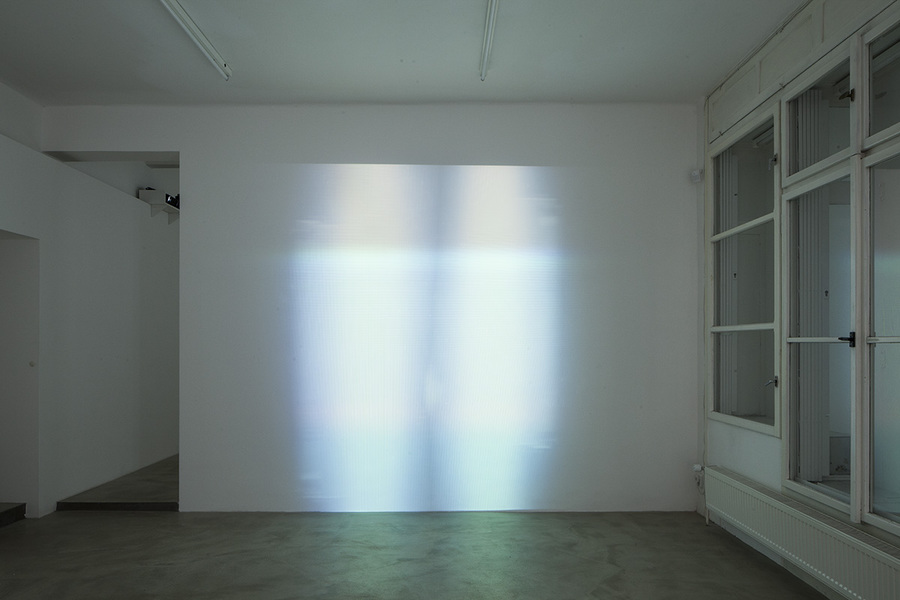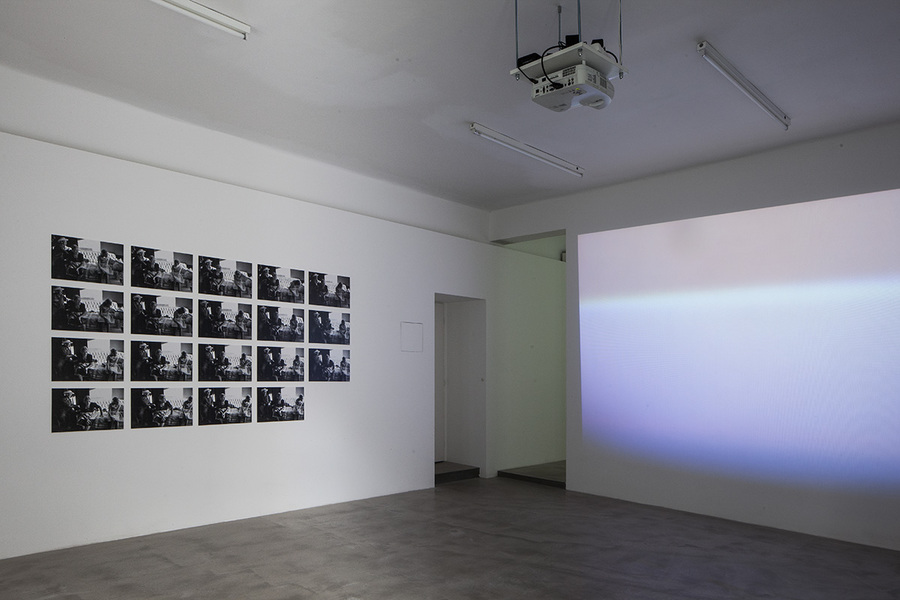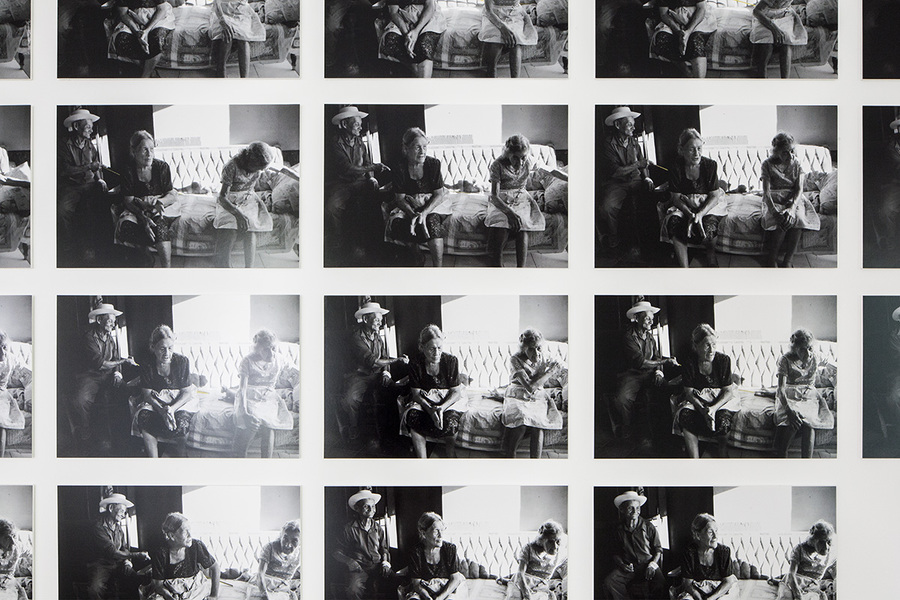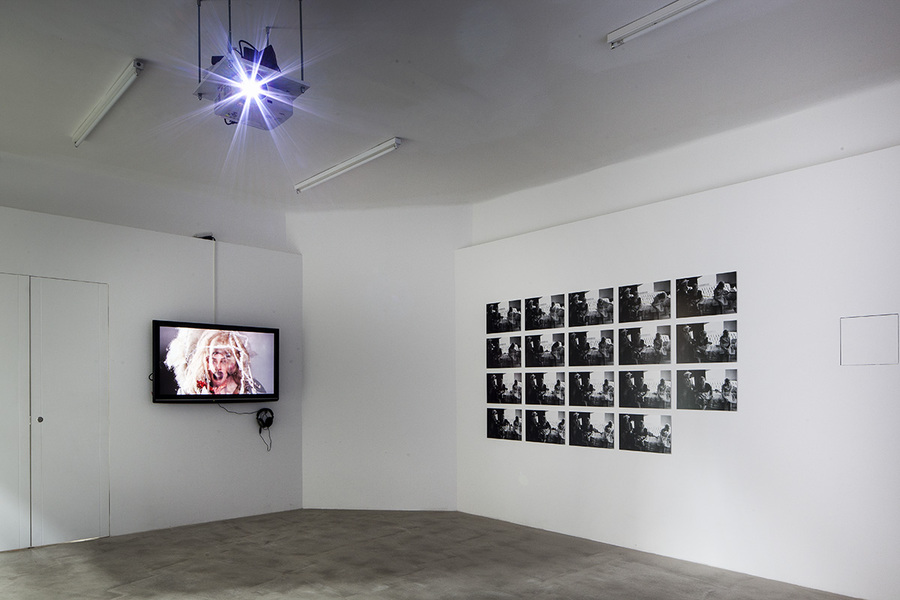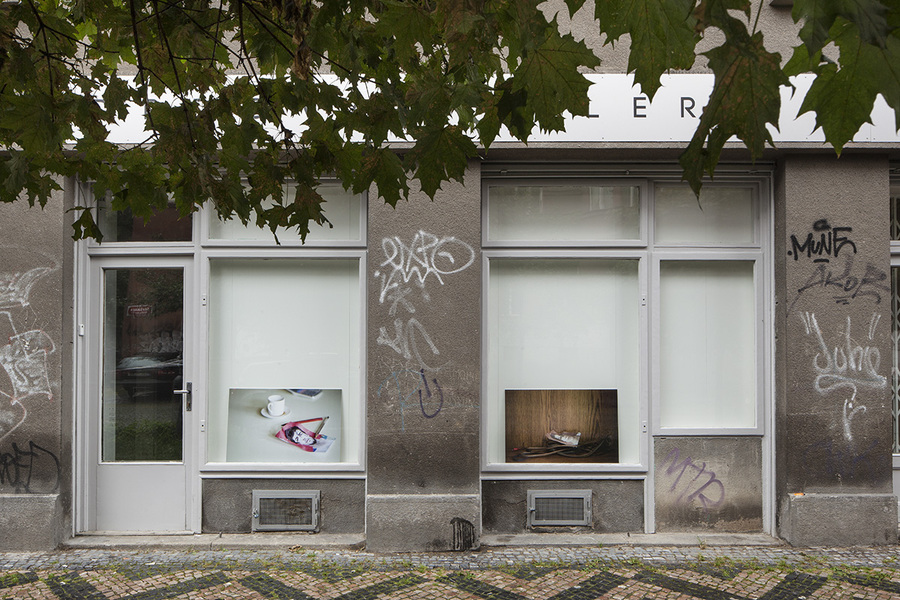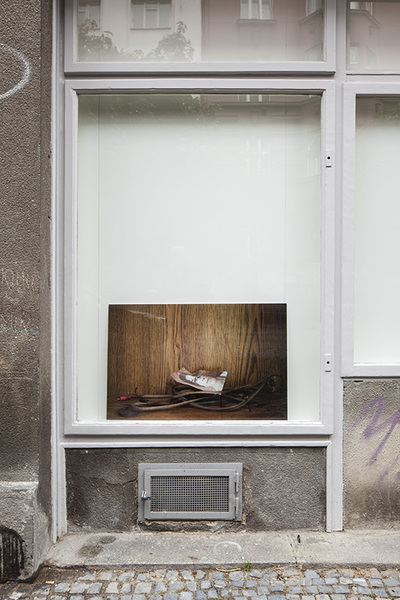Kant’s theory of the Enlightenment era describes a time that cultivates a dynamic and individual way of thinking. Instead of being singularly preoccupied with religious thoughts of the afterlife, humankind turned individualistically (and perhaps introspectively) and began to think of their time on earth as important and documentation-worthy.
During the centuries that followed, people have commissioned artworks and memorials of themselves in order to commemorate their lives and ensure they are remembered posthumously. These portraits operate not only as personal allegories, but also as documents that communicate an often-idealized state of being. One could argue that these portraits are created primarily for self-preservation and therefore carry a set of expectations or desires (whether lasting or not) in their transmittance to future generations.
What are the expectations of the subject? Perhaps future generations of onlookers will get a better understanding of who they are, and by extension learn more about themselves. Or perhaps there is a value system that they can latently convey, improving the understanding of what it means to be a good citizen. It is more likely however that these commemorative images function only to fuel the vanity of the subject in the hopes that they will be admired by future generations, and thus entered in to their minds to be preserved for another generation. The expectation and egoistic desire of the subject is to create a legacy.
Legacy questions the traditional, man-made notion of commemoration, instead offering alternative approaches to remembering and preserving that also include conscious omission and existential aloofness as its basis.
The exhibition uses film as its primary medium to capitalize on contemporary convergences of the “real” and the “fictional” — we are all the lead in our own Hollywood/Bollywood movie and toys with the notion that we are the authors of our own history as we make social media profiles and take photographs and films to document our lives. This documentation lives in virtual space. In this mass informational upload, how does our legacy stand above the rest? Is it better not to partake at all and negate commemoration, and if so is our existence meaningless?
Legacy puts forward five cinematic existential propositions that transform the gallery space in to confrontation of present experience.
The function of scanning in Emilio Chapela Perez’s “Requiem” is transformed from two-dimensional copying to documenting in “real time”. As one may use a video cam, Perez’s scanner traces the information before it with cold precision. There is no subjective personality of a cameraperson; rather, with an alien-like confrontation, the scanner appears to coldly absorb the objective ‘truth’ it witnesses. This confounds that a giant technological cloud in the sky is the abstract and unknown keeper of our informational legacy.
Jillian Mayer prerecords a video document “I am your grandma” for her future grandchild that is also far from sentimental. Instead, Mayer appropriates a purposefully absurdist construct to create an impersonal and theatrical commemoration that overturns conventional methods of sharing information as well as the expected timeline of life’s sequences — a frightening, but more interesting proposition for her grandchild.
Ronald Moran’s “In The Background” is a photographic linear time sequence that captures a playful life-moment. An elderly gentleman sits on the left and behind two elderly women perched on a sofa. The man taunts a little kitten with a rod to get it to play. However, the prank unfolds unbeknownst to the two women and is lost forever. Only the cameraman is in on the joke, and the prank becomes preserved within a situational document that is underscored by the contrast of the wise faces and the youthful playfulness of the kitten and it’s prankster.
This notion of being forever lost is carried through Rodrigo Dada’s photographic dioramas “Forgetfulness”. Each diorama consists of a backdrop — discarded cables in a cupboard and a coffee shop table—with a crumpled portrait photograph casually discarded in the scene. Cast away along with old cables or re-used as a scribbling pad, these portraits are mistreated and abandoned by oblivious onlookers. Unloved and forgotten, the photographs are frail moments that barely hold a memory.
Greta Alfaro’s “In Ictu Oculi” is a situational construction that introduces an opulent banquet to the ‘wild’. In minutes the table is surrounded by vultures that become increasingly fervent as they rush in to beat each other to it’s offerings.
Within man’s context the banquet is meant for festivity and enjoyment, however when exposed to nature Darwinian theory prevails. The banquet table setting is quickly ruined, the food gone, and the vultures satiated and in the blink of an eye, the scene is empty leaving nothing.


